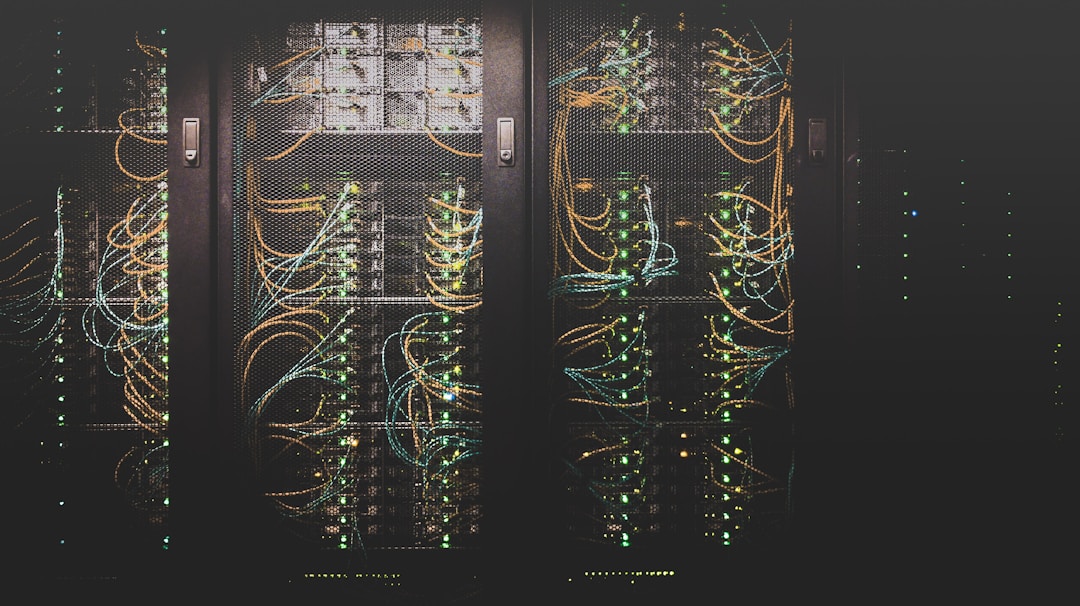If your website’s slowing to a crawl or having difficulty handling any traffic, you could have an issue with shared server resources. This can cause problems with site uptime and strain your support team resources. When you’re facing higher-than-average downtime, it’s important to know when it’s time to set up dedicated server hosting.
When you spot site performance bottlenecks and benchmark declines, it’s a sure sign that you need to move your workload over to a dedicated server. However, choosing the right dedicated server requires careful planning and a smart budget. Here’s what you need to know.
Contents
1. Choose between managed and unmanaged.

To set up a dedicated server, you’re going to have to make several choices. The first of these choices is to decide on the kind of dedicated hosts you require. Depending on your unique needs, you may require dedicated hosts that offer managed or unmanaged dedicated server options. Of course, this also means that you need to understand the difference between the two dedicated server types.
Managed servers are dedicated servers that the hosting company sets up and maintains. Typically, this dedicated hosting service receives regular backups and DDoS protection. This type of server is ideal if you don’t necessarily require full control over server maintenance, security protocols, and operating system updates. Of course, this comes with additional charges and upgrade fees. While it may be the best solution for your business needs, you will need to budget accordingly. Unmanaged servers, on the other hand, regularly involve bare metal servers. While a bare-metal workload is much more involved, it offers greater freedom to small businesses and large brands alike.
2. Provide the appropriate resources.
Dedicated server setups are resource-intensive solutions. A dedicated server range requires consistent power for optimal performance. You’ll also need to invest in an appropriate cooling system. Most commonly, the cooling system is a large-scale air conditioning system that can cover your network resources. Because of this, it’s clear that these business applications require constant resource access. As such, your business needs to be able to provide these resources. You can find brands that are willing to match energy usage for your business applications for your server hardware.
3. Consider alternative tools.

When setting up a dedicated server, it’s important to use whatever tools you think would best benefit your process. For instance, there are several tools that you can use during dedicated server setup that many users would only consider for web hosting businesses. This includes tools like cPanel and WHM, which can help you watch over your server status, power usage, and resource consumption. In addition, it’s a smart move when you’re trying to maintain bandwidth capacity, consider scalability options, and access DNS zones. While these are seemingly unconventional tools, they can benefit many server setups.
4. Regularly review server performance.
To prevent redundancy and keep current with your anti-DDoS protection, you must regularly review your server performance to spot any bottlenecks, latency issues, or other problems. You can also verify that your server has the latest security patches and is current with any required updates. When you’re maintaining a dedicated cloud server, these regular performance checks can help you ensure you’re running an optimized system and that you’re getting the best return on your initial investment. No matter your specific server applications, it’s important to determine whether or not you’re getting your money’s worth.
With these tips, it’s easier to set up and maintain a dedicated server hosting system. Between choosing the right provider and using server setup tools, there’s plenty to consider. By doing a bit of researching and using your available data, you can make the process smoother.


